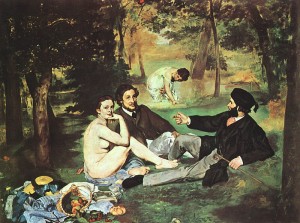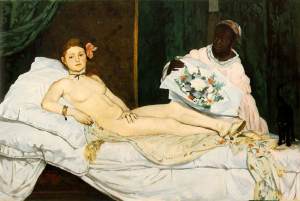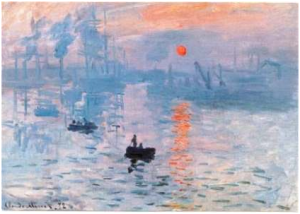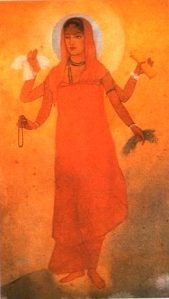Recently a client admiring a beautiful painting in my gallery said she loved the painting but would not buy it, because she wanted something “truly original” and this work seemed inspired by a famous artist. It really made me think about the concept of inspiration in Visual art, if a famous artist has used a particular style or theme, does it get patented by him, may be not literally but at least in the minds of the people who know him.
It is so easy to find inspiration these days given the reach of Internet and the easy availability of content. I have often wondered what happened in the older times when artists had limited exposure. . Did those masters revered so much now produce “Unique” work all the time?
In this blog I question the myth of originality. Let me illustrate with examples. Here are two paintings by different artists, done in a different year.
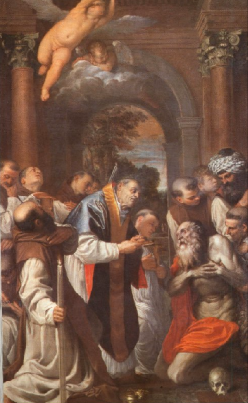
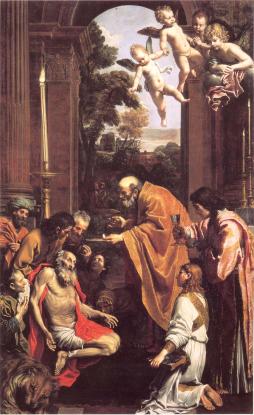
Domenichino, The Last Communion Agostino Carracci, The Last of
of Saint Jerome, Communion, 1614 Saint Jerome, 1590s. Bologna, Pinacoteca
Vatican, Pinacoteca, Nazionale
Domenichino’d style and theme clearly seem inspired .The figures used are conspicuously similar to those composed by Carracci.In the 1670s Giovanni Battista Passeri (c. 1610 – 22 April 1679), an Italian painter and a writer of the Baroque period defended such appropriation saying “Even though Domenichino used some of the figures from the Farnese Gallery by Carracci in those pictures, it does not deserve to be censured on account of this. Nor should it be accused of weakness in invention, nor lacking in good structure because through his theft, Domenichino makes us discover a greater truth, which knows how to use a pose, applying it in such an adept manner as it deems necessary and appropriate.”
Let’s fast forward and move further in time to 20th century, where famous artist Pablo Picasso once said “Good artists copy, great artists steal ”,There are various interpretations of this comment , coming from Picasso who was one of the pioneers of “Cubism” (along with Georges Braque), he was not a plagiarist for sure . To me his comment has a mystical interpretation , what he meant was that good artist when inspired by a work, try to paint in a similar manner , whereas the Great artist steal meaning they imbibe it so efficiently in their work that it becomes an inseparable part of their creation.
To see my point , have a look at some of the works below, you will find them very similar in style, use of colour & technique. One is by Pablo Picasso(1910) and the other by a famous Indian artist M.F Husain (end of 20th century), Husain never denied the influence of Picasso in his works, but this does not mean that his works were a copy , he gradually developed a distinct style of his own, and there is no denying that he was a master of his craft.
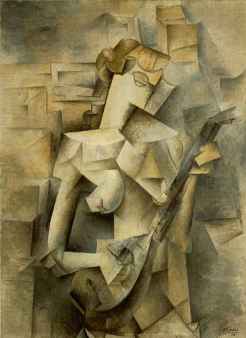
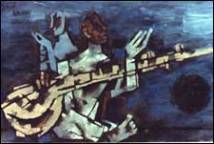
Pablo Picasso –Girl with a M F Husain- part of “Our Planet
Mandolin(1910) Earth “exhibition(2005)
Similar influence of legendry artist Husain’s work is evident in the paintings of some of the renowned Indian artists. For example Ravindra Tomer, a prolific artist uses style, bold lines and vibrant colors in his work which is similar to the work of Husain. Yes, he definitely has a flavor of Husain in his work …but is he copying? In my opinion he is just inspired by the legend.
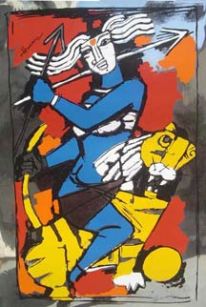
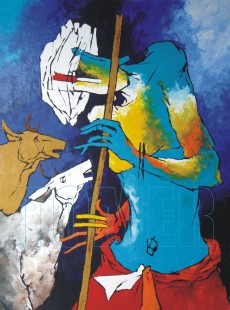
Hussain – Durga Ravindra Tomer – Krishna (2011)
A good artist does not necessarily have to be someone who introduced something never before seen-he could equally be someone who gave new life to old forms, what needs to be addressed is the question of artistic innovation within the boundaries of imitation and emulation. In all the three examples that I have cited the artists have been redeemed because, they seek identification, and are not trying to deceive the viewer.
My viewpoint about inspiration and stealing might differ from yours, do share your thoughts…
